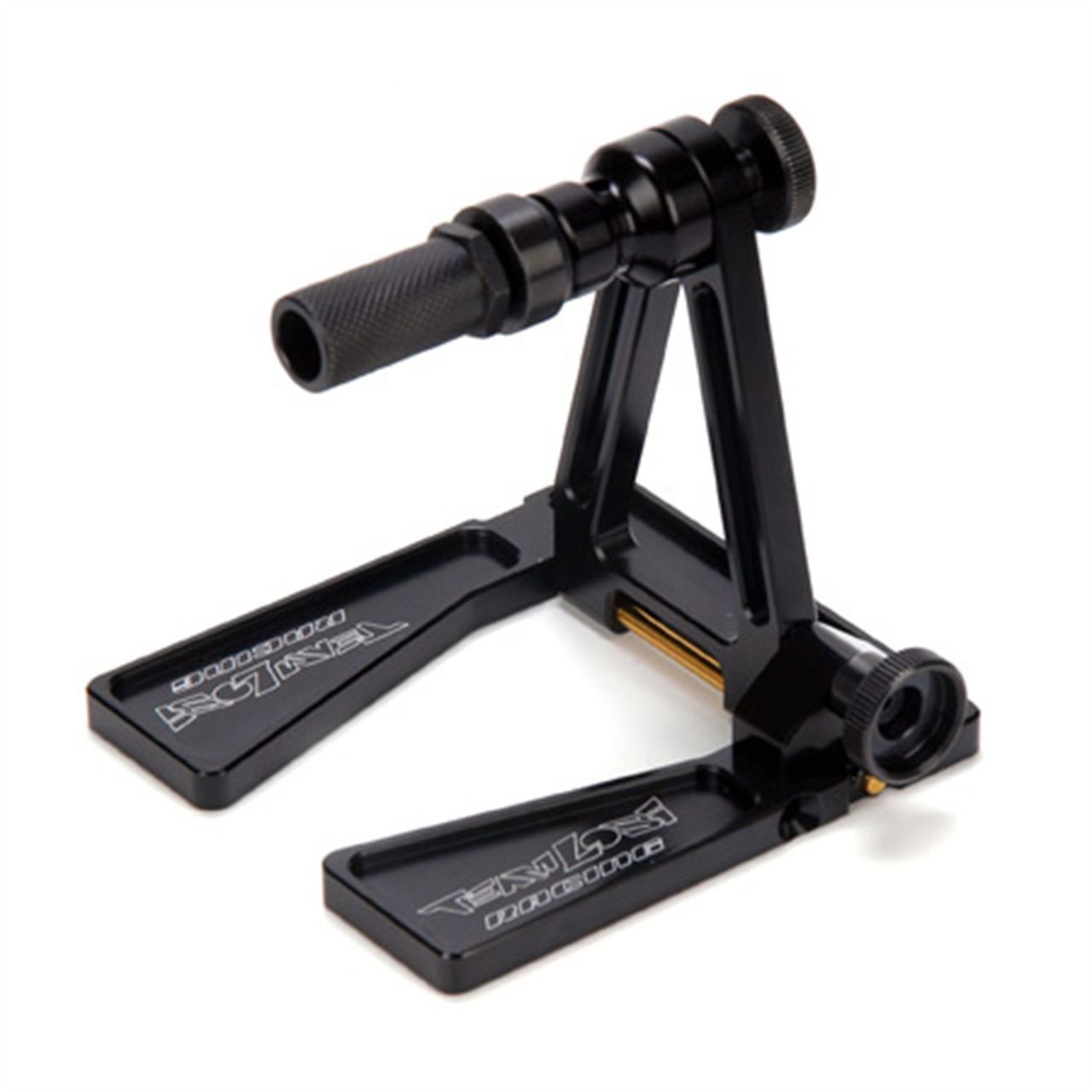The secret of success on the race track depends on several factors and on the way you combine some skills in order to achieve the best possible result. Sure, speed and acceleration are paramount for your RC car’s performance.
Your performance on the race track will be considerably improved if you balance your tires. Unbalanced wheels and tires of RC cars, just the ones from real cars, cause vibration, which is transferred throughout the chassis. The car’s handling will be considerably impaired because screws and fasteners can loosen up. Also, unbalanced tires can accelerate bearing and suspension wear. Overall control and handling depend entirely on the way your tires and wheels are balanced and the correct balance can help you achieve higher speeds.
In order to perform this operation, you need a car stand to place your car on, some modeling clay or putty and stub axles. First, we will tackle the issue of balancing two-wheel-drive front tires and afterward we will figure out the balancing of rear tires.
First, you should place your vehicle on the car stand in order to lift your tires off the surface. If you don’t have a car stand, you can turn your car upside down so that the tires don’t come into contact with the surface. Next, spin one of the front tires lightly and wait for it to stop rotating. The spot it stops spinning at is actually the heavy spot. Mark this heavy spot and repeat this operation again and you will notice that the tire stops spinning in the same position.
Use some modeling clay and apply it deep inside the wheel directly across the heavy spot. Keep spinning the wheel and apply or remove some of the modeling clay in order to counterbalance the heavy spots. You can tell if the tire is properly balanced if it stops spinning in a different position every time. Repeat the same operation with the second front tire.
The rear tires are a bit trickier to balance because you have to disassemble some components. You need to remove the dog bones to allow the wheels to spin freely on the axle carriers if your RC car has stub axles. If your RC car is equipped with CV axles, you need to take the axles apart and remove the driveshaft section in order to allow your tires to spin freely on the carriers. This process also differs according to the model of your RC car. If your car has universal driveshafts, you should buy optional stub axles to help balance the tires. Once you have succeeded to have your tires spin freely, check for the heavy spot as we described above. Just spin the tire a couple of times and mark the place where it stops. Afterward, apply the modeling clay across the heavy spot to balance the tires. Repeat this operation on the second rear tire to achieve proper balance.
It is best to balance your tires once they are brand new. If you have used tires, do clean them properly before you try to balance them. Also, make sure that the foam inserts inside the tires are dry.
Tire balancing for your RC car is a simple, yet effective operation, and either if you have a buggy or a regular RC car, it will help your wheel last longer and make your car quieter. There are several special tools for tire balancing available on the market, such as the Dubro prop balancer, the Dynamite balancer or the Hudy balancer.






